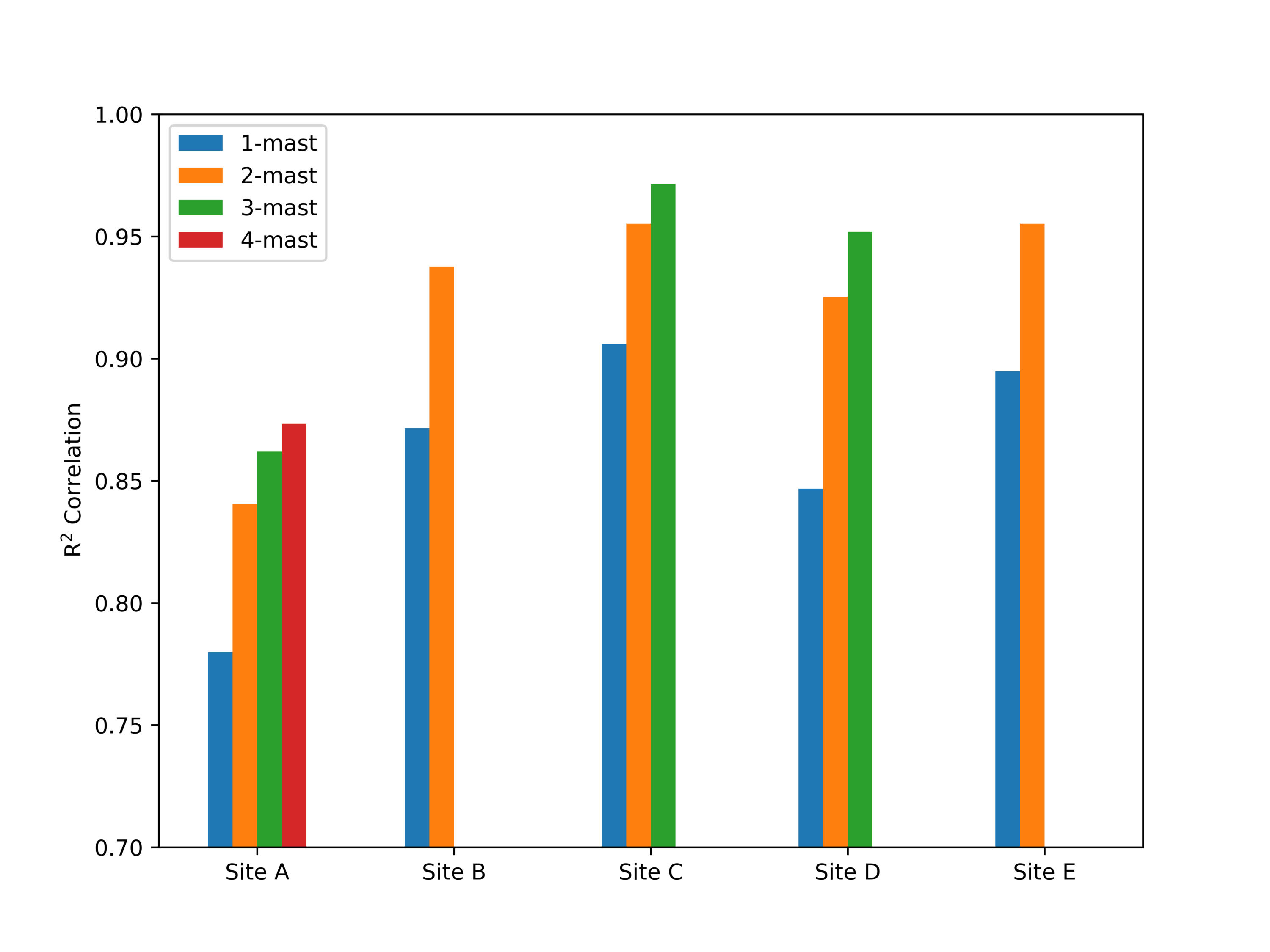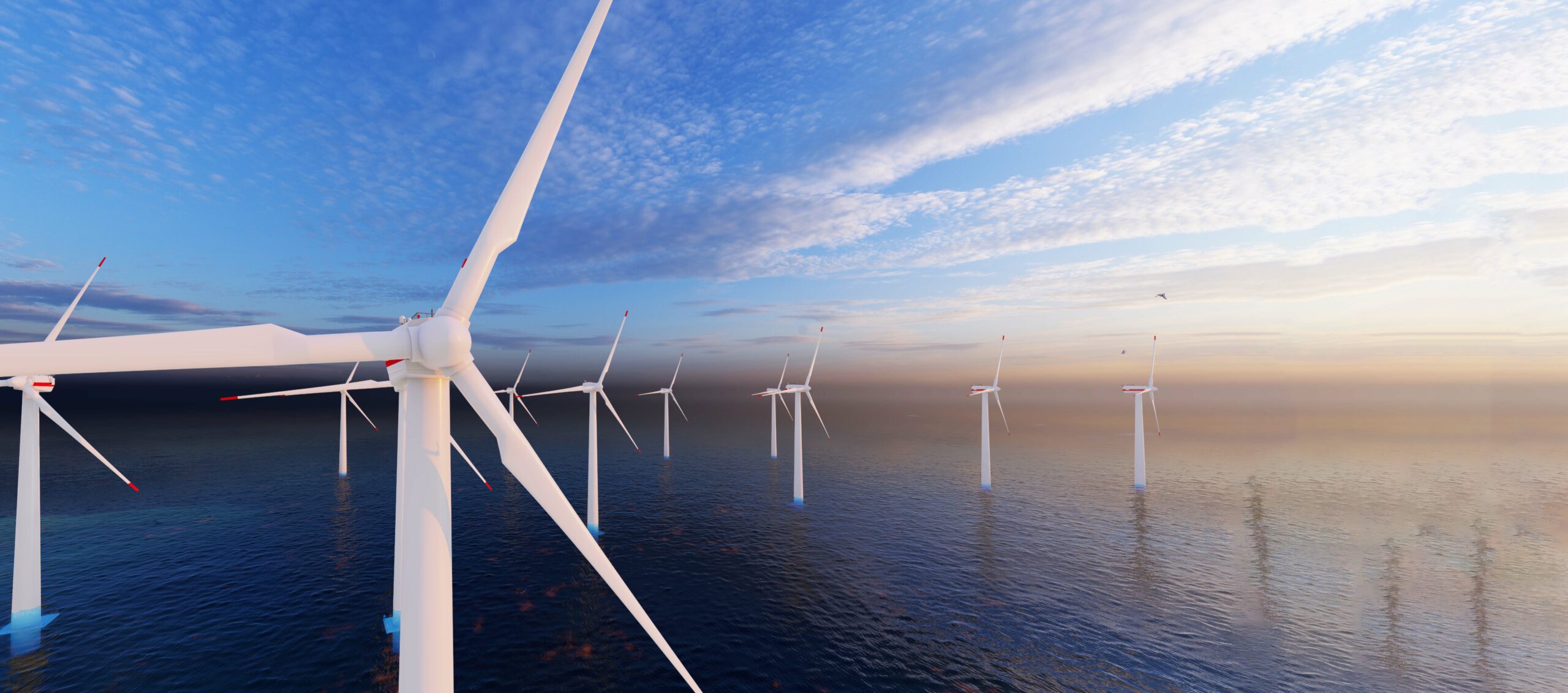The accurate calculation of lost energy production from wind farms is crucial to ensure fair compensation for wind farm owners during site-wide downtime events such as grid curtailments. However, obtaining precise estimates of lost production can be challenging. The industry standard, which relies on wind speed data from turbine nacelles and basic power curve assumptions, can have significant limitations. For example, the wind flow pattern through a wind farm drastically changes when it is fully operational versus when it is not, resulting in major differences in wakes and turbulence. Furthermore, data from SCADA systems may not always be reliable or regularly calibrated, leading to potential biases in lost energy production estimates.
A more effective approach involves leveraging a wind farm’s permanent met masts (PMMs) and basic machine learning techniques. Unlike nacelle measurements, PMMs are regularly calibrated, and their measurements are more reliable. Additionally, as they are typically situated on the periphery of a wind farm, PMMs are less affected by wind turbine wakes and provide more consistent measurements during both normal operation and site-wide downtime events.
These advantages are amplified when multiple PMMs are present on-site. The presence of multiple PMMs not only offers resilience (i.e., if one PMM fails during a downtime event) but also, when incorporated into a machine learning framework, results in more accurate predictions of lost energy than a single PMM alone.
We demonstrate this approach in a 5-farm case study, undertaken in collaboration with EDF Renewables. We train a basic random forest machine learning model to predict hourly wind farm power output using various PMM fields during periods of regular operation. We then evaluate model performance on a period not used to train the model.
As illustrated by the figure below, the strength of the model, measured using the R^2 correlation coefficient, increases as more PMMs are incorporated into the machine learning model. Furthermore, the correlations are high, generally exceeding 0.90 for the multi-met mast models.
Interested in gaining more insight into PMM-based lost energy estimates and how to ensure you’re duly compensated during downtime events? Contact us at [email protected] for a detailed discussion.


